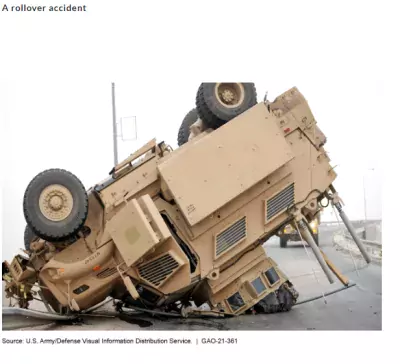Lapse in Appropriations
Please note that a lapse in appropriations has caused GAO to shut down its operations. Therefore, GAO will not be able to publish reports or otherwise update this website until GAO resumes operations. In addition, the vast majority of GAO personnel are not permitted to work. Consequently, calls or emails to agency personnel may not be returned until GAO resumes operations. For details on how the bid protest process will be handled during the shutdown, please see the legal decisions page. For information related to the GAO Personnel Appeals Board (PAB), please see the PAB webpage.




